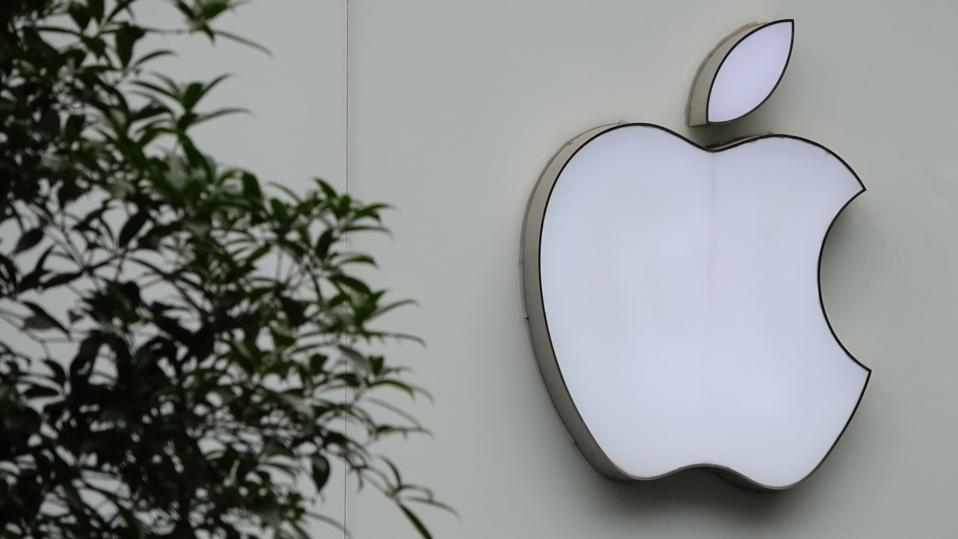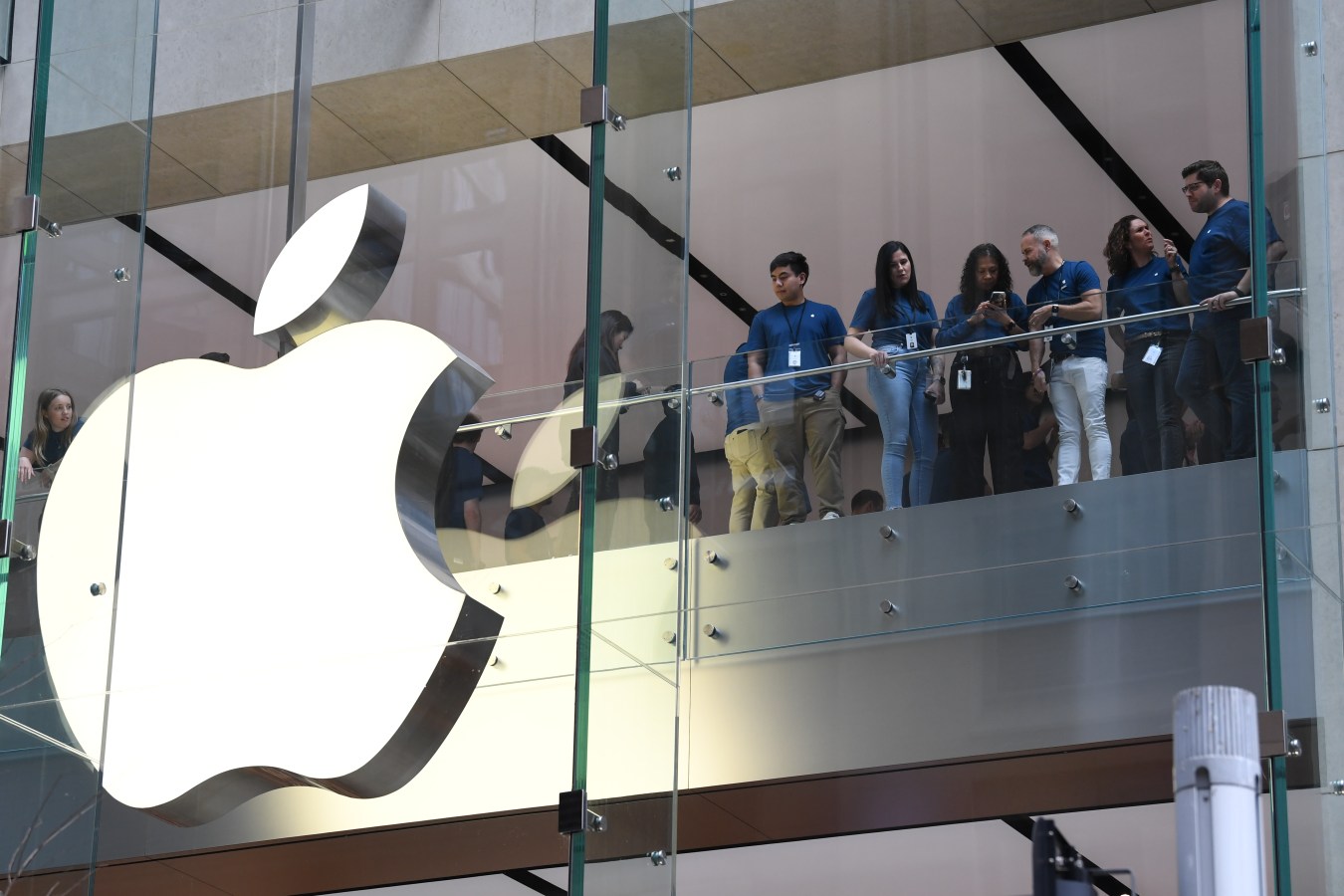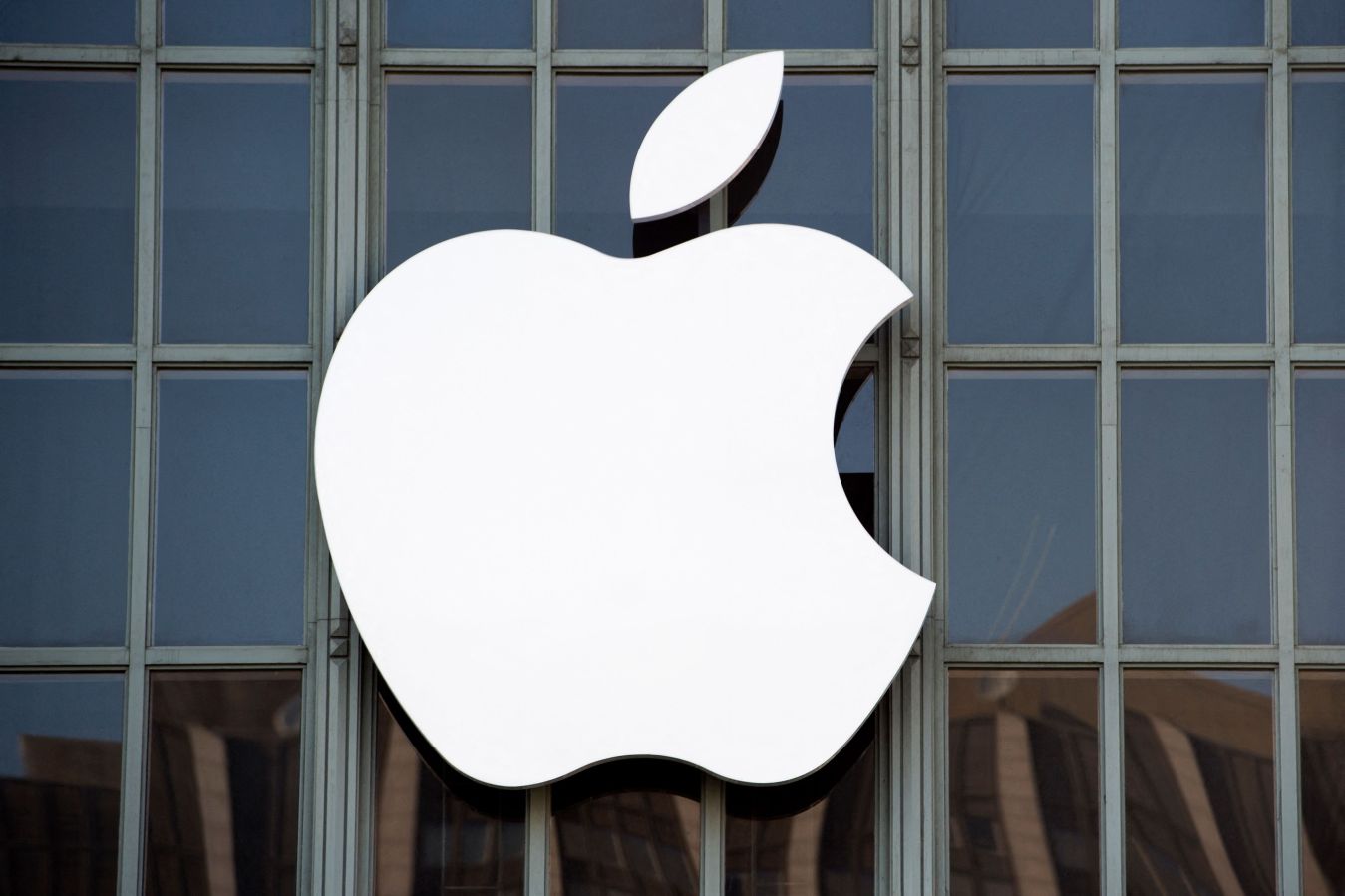Apple investors are likely riding high after the iPhone maker’s stock enjoyed a historic week, but Wall Street forecasts suggest there may not be much near-term upside for Apple’s share price even as artificial intelligence daydreams run amok.

Apple’s bottom line is extremely robust, but it will likely need to grow by more than forecasted to justify further stock gains.
Future Publishing via Getty Images
Key Takeaways
- The good news first: Apple stock closed at a week-ending record of $212.49 per share, its third-largest percentage-point weekly gain of the last two years and its second-largest dollar-per-share weekly rally of the last decade, coming after the technology company introduced its generative artificial intelligence offerings due later this year.
- Though analyst reactions were mostly positive, focusing on the potential for a jolt in iPhone sales, consensus doesn’t place much upside for Apple’s stock.
- The 48 analysts tracked by FactSet have an average price target of $204.89 per share, about 4% below Friday’s price, and the nine targets updated this week come in at an even lighter average of $201.56, indicating 5% downside.
- And even the most bullish of Wall Street analysts aren’t predicting major gains for Apple stock, with the likes of buy-rated Goldman Sachs and Bank of America analysts setting $238 and $230 targets, respectively calling for 12% and 8% gains for Apple’s share price.
- That’s not exactly exciting considering the S&P 500 has provided investors an average annualised return of 13% over the last decade, a stretch in which Apple returned 26% on an annualised basis.
Key Background
Stock price targets, which can often be slow to move or react to previous movements, are an inexact science, but certainly indicate the prevailing notion that Apple stock has priced in much of its potential upside.
The most glaring overhang on Apple’s stock is its stagnant revenue growth, as consensus forecasts expect the company to report just 1% sales growth this year from its 2023 fiscal year and a 2% decline from 2022’s record $394 billion of revenue.
Though it can be expected that an established company like Apple would have weaker growth than a company in a more nascent industry like Nvidia, Apple’s sales growth lag behind fellow tech bigshot Microsoft, which is expected to report 16% top line growth this fiscal year after growing its business by 7% last year.
Apple’s $383 billion in net income and $97 billion in revenue in its 2023 fiscal year overshadowed Microsoft’s $212 billion and $73 billion, but consensus forecasts call for Microsoft to lap Apple in profits by 2026 and sales by 2028.
In fact, analysts project Nvidia’s net income to top Apple’s by 2028, which would have been quite hard to believe two years ago, when Nvidia tallied about one-twentieth of Apple’s annual profit. Remember, investors mostly pay for the prospect of future earnings, not past results.
So Then Why Is Apple Stock Up?
Prior to Monday, Apple did not do much in the way of addressing its plans for generative artificial intelligence as the likes of Microsoft and Google made major splashes. This week’s bump came as the market was drawn toward the prospect of a massive upgrade cycle among the world’s 1.5 billion iPhone users.
And it’s not hard to fantasise about the potential of untapped further AI growth with Apple products considering the massive, loyal user base. This week was “the first step of many in Apple’s generative AI strategy,” declared Goldman Sachs analyst Michael Ng.
Tangent
Nvidia stock’s dazzling rally, which made the AI semiconductor chip designer neck-and-neck with Apple in terms of market valuation, should not impact Apple’s share price in a vacuum.
But if Microsoft and Nvidia stocks continue to outgain Apple’s, there could be further downward pressure on Apple shares as exchange-traded funds tracking market cap-weighted indexes adjust their holdings, LPL Financial strategist George Smith warned in a note to clients this week.
Basically, the money has to come from somewhere if investors want to continue to buy Nvidia in droves, which could force routine selling of Apple shares.


